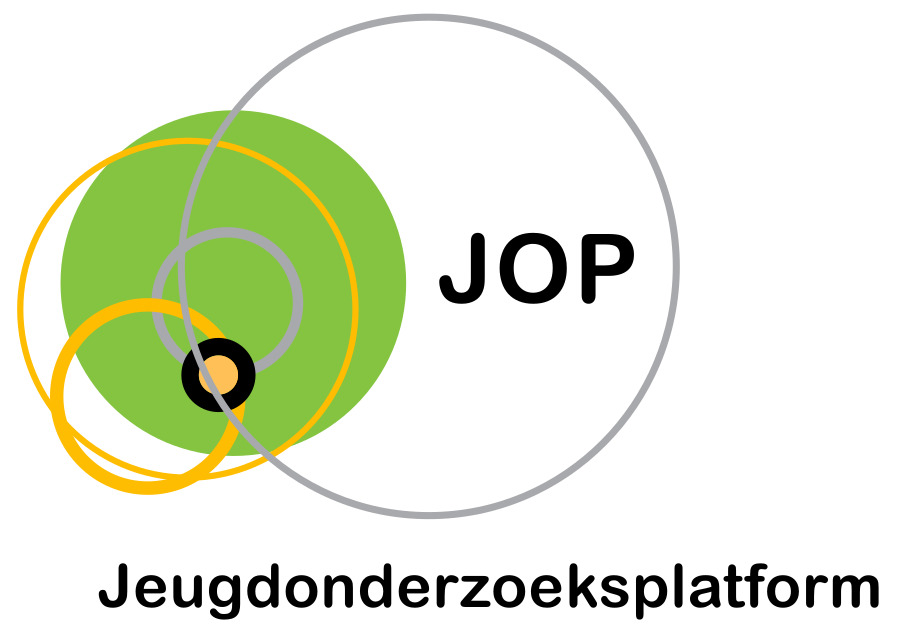Newspapers in Education: a critical inquiry into the effects of using newspapers as teaching agents.
Auteurs
Claes, E. & Quintelier, E. (2009).

Abstract
Meer dan 52 landen maken gebruik van het ‘Newspapers in Education’ programma. De laatste 10 jaar is een applicatie van dit internationaal programma in België een gekende manier om jongeren te stimuleren om de politiek te exploreren en hun manier van denken over, en participeren aan de democratie, uit te dagen. Echter, de effectiviteit van zo een programma op lange termijn wordt nog niet volledig begrepen omdat voorgaande onderzoeken vooral gefocust hebben op de periode kort na de deelname aan het programma. Deze studie zal onderzoeken of leerlingen die deelnemen aan het ‘Newspapers in Education’ programma anders scoren op schalen van mediagebruik/gewoonten en sociale en politieke houdingen. Dit door middel van een vragenlijst ingevuld door leerlingen een half jaar na hun deelname aan het programma. Het was de Belgische Jeugdenquête die daartoe werd gebruikt. De Belgische Jeugdenquête 2006 is een representatieve vragenlijst die voorgelegd werd aan 6000 15- en 16-jarige leerlingen in België, zowel in de Vlaamse als in de Franse gemeenschap. Echter, voor de analyses focusten de onderzoekers enkel op de gegevens uit Vlaanderen (N=3453) omdat het Newspapers in Education programma daar al voor meerdere jaren gebruikt wordt. De vragenlijst peilde naar de sociale en politieke attitudes van jongeren en gaf informatie over specifieke achtergrondkenmerken. Om de lange termijn effecten van het Newspapers in Education programma te achterhalen, daarbij controlerend voor individuele achtergrondfactoren, werden bivariate en regressieanalyses uitgevoerd. De resultaten tonen aan dat deelnemers aan het Newspapers in Education programma vaker het nieuws volgen, vooral op internet, in vergelijking met nietdeelnemers. Zij hadden ook iets meer politieke kennis. Echter heel wat andere verschillen tussen deelnemende en niet-deelnemende groepen waren niet significant. De relatie tussen deelnemen aan het programma en tolerantie ten opzichte van etnische minderheden was significant voor de volledige steekproef. De hoofdconclusie is dat er in deze studie alleen kleine verschillen gevonden zijn tussen het mediagebruik/gewoonten en de sociale en politieke attitudes van deelnemers en nietdeelnemers in het Vlaamse Newspapers in Education programma. Het is mogelijk dat de beknoptheid van het programma zelf het moeilijk maakt om zijn impact waar te nemen zes maanden na deelname aan het programma.
Background: More than 52 countries make use of the ‘Newspapers in Education’ programme. In the last 10 years, in Belgium, an application of the international programme Newspapers in Education has become a well-known way of stimulating adolescents to explore the political realm and challenge the way they think about and participate in democracies. However, the longer-term effectiveness of the programme is not fully understood because studies tend to focus on a period shortly after programme participation. Purpose: This study aimed to investigate whether pupils who participated in the Newspapers in Education programme scored more highly on scales of media use/habits and social and political attitudes, in a survey conducted more than half a year after programme participation. Programme description: The programme Newspapers in Education was evaluated. Newspapers in Education makes newspaper reading accessible to young people by providing a free newspaper package containing a variety of national newspapers for each student. This way, the programme aims at connecting young people to current affairs, and wants to stimulate interactive ways of teaching to attain the goals that are often specified when the teaching of citizenship education is concerned. The programme, moreover, has the firm intention of creating a generation of critical thinkers and informed citizens. Sample details: For the assessment of the effects of the Newspapers in Education programme, the ‘Belgian Youth Survey’ was used. The Belgian Youth Survey 2006 is a representative survey conducted in 2006 among more than 6000 15- and 16-year-olds in Belgium (both in the French and Dutch communities). However, for these analyses we focussed on the data of the Dutch-speaking part of Belgium, i.e. Flanders (N – 3453), because the Newspapers in Education programme has manifested itself on a continuous basis in this community for several years. Design and methods: The Belgian Youth Survey 2006 is based on written surveys filled out by the respondents in schools. The response rate at the Flemish school level is 72%. This survey tried to tap into social and political attitudes of young people and also provided us with specific background characteristics, which we could control for when looking into programme effects. Because the aim of this study was to uncover longer-term effects of the Newspapers in Education programme whilst controlling for individual background effects, bivariate and regression analyses were used. Main findings in relation to the research goals/objectives: Results suggested that the participants of Newspapers in Education may follow the news, particularly on the Internet, more often than their non-participating peers; they also displayed a slightly higher level of political knowledge. However, many other differences between participating and non-participating groups were not significant. In addition, a slight association was apparent in the media use of students receiving vocational education. The relationship between participating in the programme and tolerance towards ethnic minorities was also significant for the whole sample. Main conclusion: In this study, only minor differences were detected between the media use/habits and social and political attitudes of participants and non-participants in the Flemish Newspapers in Education programme. It is possible that the brevity of the programme itself may make it difficult for its impact to be evident six months after participation.
Referentie
Claes, E. & Quintelier, E. (2009). Newspapers in Education: a critical inquiry into the effects of using newspapers as teaching agents. Educational Research, 51(3), 341- 363.
Taal
Engels
Publicatievorm
Tijdschriftartikel
ISBN – DOI
10.1080/00131880903156922
